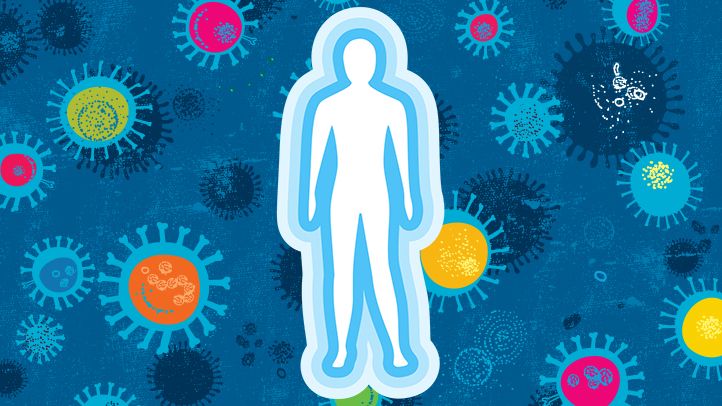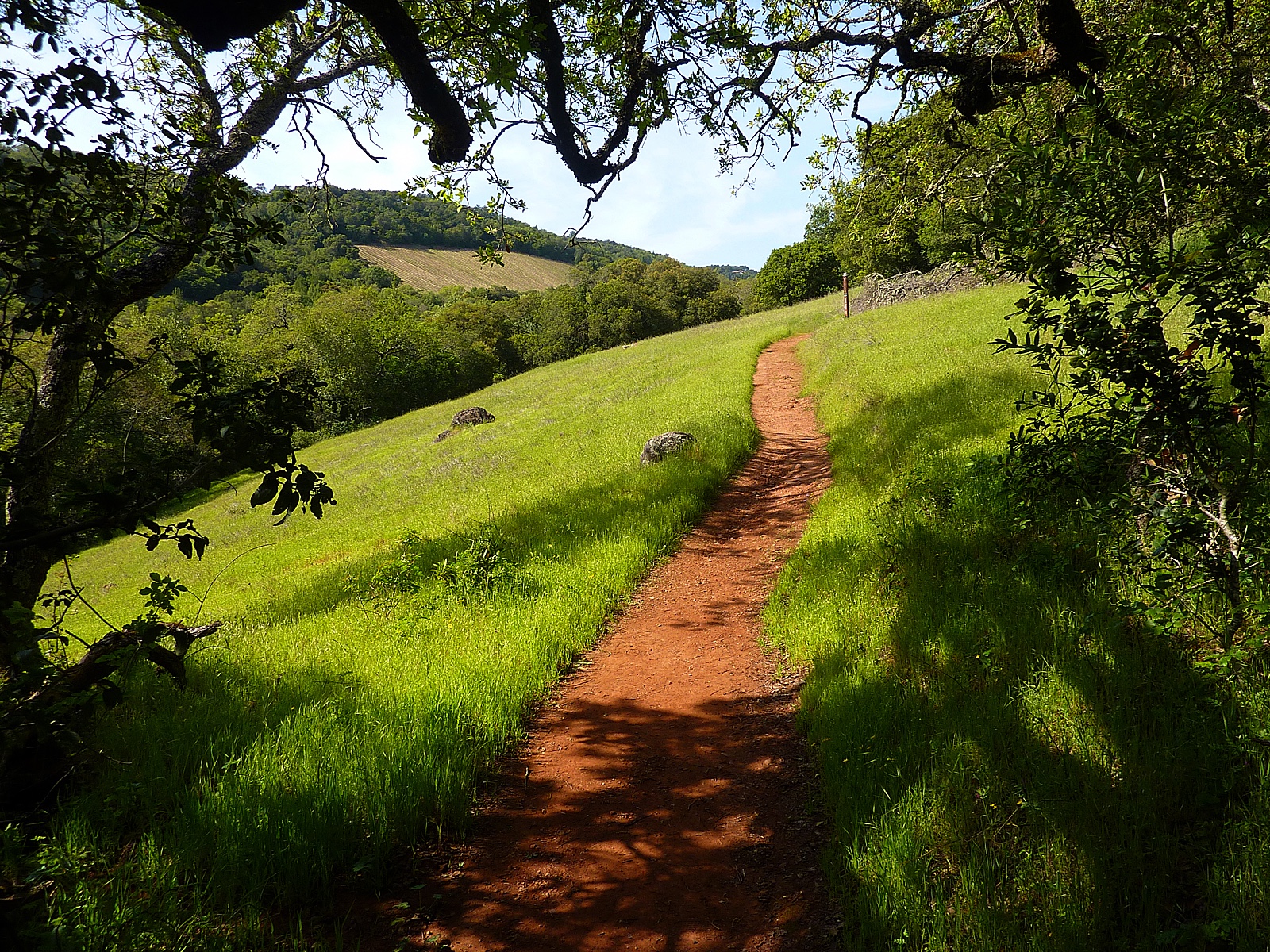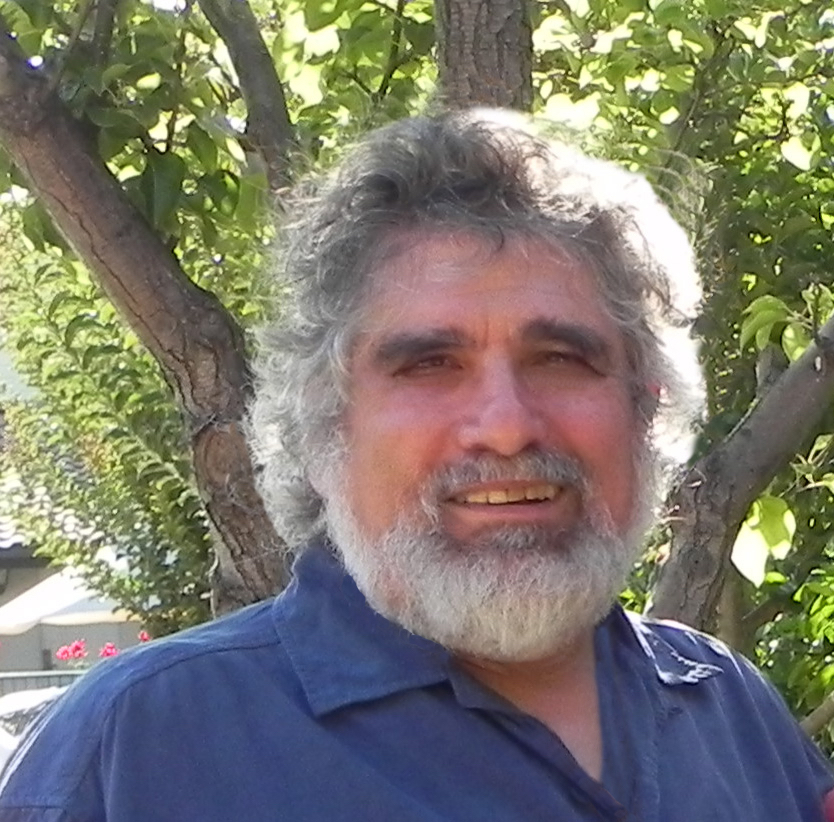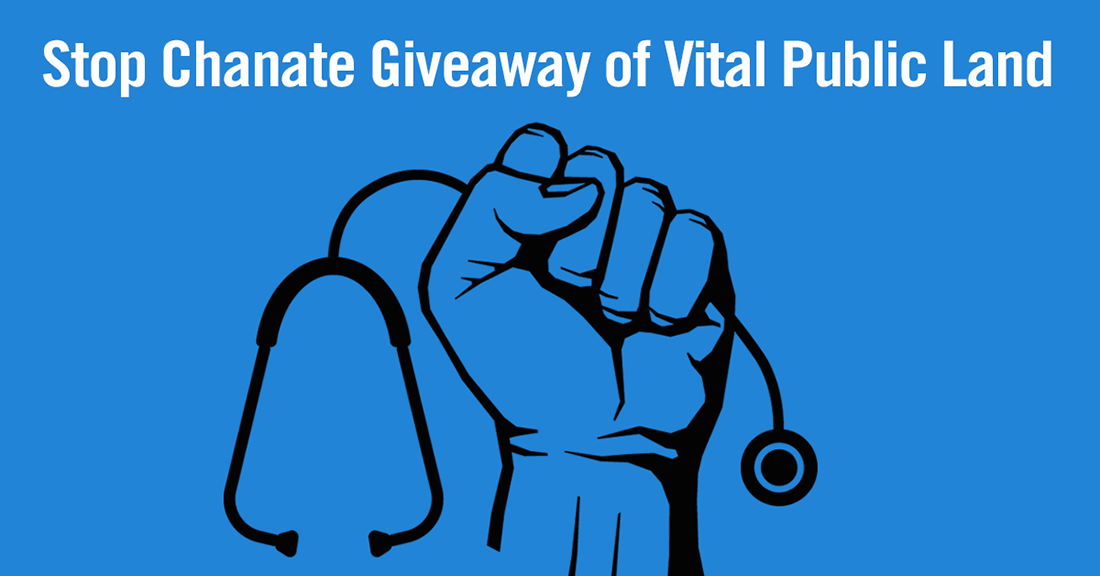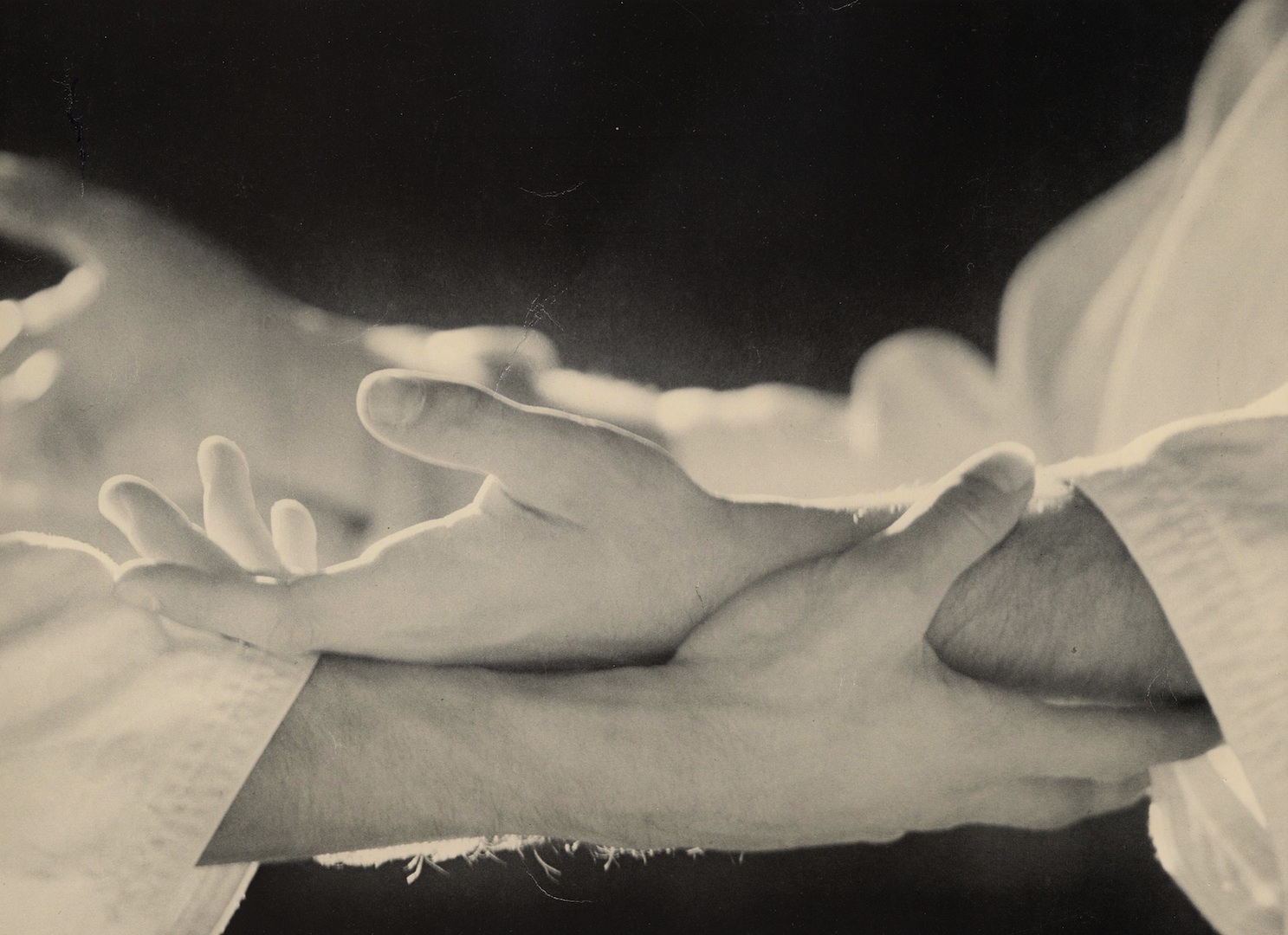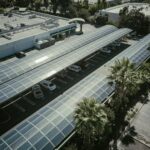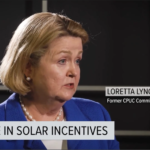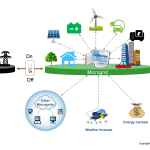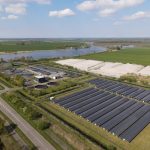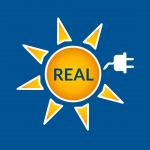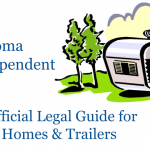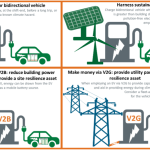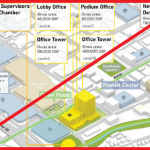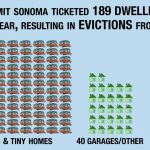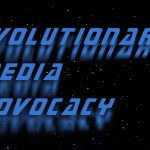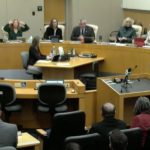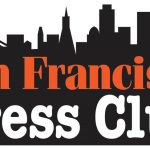This article is written by Julia Mossbridge, PhD and Laura Nissen, PhD. It was originally published here, on March 21, 2020.
Hope is not a luxury, but right now we are treating it as one. Whether it’s COVID-19, the widening income gap, apparent increases in racism and sexism or global climate change, there seem to be two common approaches to the future: assume we are all doomed no matter what we do or assume things will return to normalcy without changing a thing. Neither of these approaches is particularly hopeful, and neither motivates helpful actions. We think it’s time for a hope intervention — for all of us.
As we begin, let’s acknowledge with love that hope in its many forms may feel a little distant right now. Life feels like freefall for many. So beginning with what is real is perfect — let’s breathe into exactly how we feel right now.
We’ll start with what scientists and clinicians have discovered about hope. A positive or robust “future orientation” or “future time perspective” are the scientific terms that may come closest to what we commonly call “hope.” A positive future orientation can be loosely defined as emotional, cognitive and behavioral awareness of, and plans for, a positive future. A 2018 meta-analysis of 77 studies and 31,558 participants performed by researchers at the University of Amsterdam indicates that a robust future orientation is associated with positive outcomes in the work, education, and health domains.
A robust future orientation is extensive (your imagined future horizon extends for years), adaptive (it offers you hope and a sense of possibility) and habitual (it’s part of the unconscious psychological processes that you draw upon each day). Not surprisingly, your future orientation is informed by your experiences. Your capacity to experience a robust future orientation goes down if you are poor, living in a violent area, if you are sick, have risky health behaviors or addictions, or if you have a mental illness.
So far, this intervention seems depressing — but you should know there’s a plan — there’s hope for hope. It seems that future orientation can be improved with practice, and there is some evidence that when future orientation is improved, wellbeing improves as well. For depressed adolescents and adults, optimism and strong future orientation have been associated with decreased depressive and suicidal symptoms — as long as the optimism is reality-based and not daydreaming about a disconnected, rose-colored reality (see more on that below). Further, a randomized controlled clinical trial of a future-orientation intervention revealed that depressed patients experiencing the intervention reported significantly less suicidal ideation and lower depression. Meanwhile, among under-resourced youth, rates of violence are reported to decrease as future orientation improves over time, robust future orientation is a protective factor in high-violence communities, and future orientation among abused youth improves as resources improve. In sum, future orientation affects nearly every aspect of our beings and it can improve over time.
It’s also important to make sure you know what future orientation is not. It isn’t The Secret — that movie featuring a guy wishing for a sports car so hard (and so perfectly) that his wish came true. A strong future orientation is based on reality, not fantasy. Some research on daydreaming suggests that imagining a very positive future in stark contrast with the present — as in “I’m broke now but tomorrow I’ll win the lottery,” — actually increases depression in the long term, even though in the short term these fantasies produce brief happiness. In contrast, a strong future orientation is one in which you are aware of the facts (example: if you’re sick you need both help from others and self-care) at the same time as you are shifting your behaviors, thoughts and feelings as part of your plan to become the future, healthy self you see yourself being (example: you contact a doctor and a friend and let them know you’re sick and need help). A robust future orientation is an intricate interplay between awareness of the present, willingness to hope for the future, and capacity to make accurate predictions of the actions you will need to take to become your hoped-for future self.
Of course, right now it’s difficult to find someone who is experiencing this level of adaptive hope. That’s why it’s crucial to begin thinking about how we as individuals and communities can start conducting our own “hope interventions” — strategies that strengthen future orientation. Some useful interventions have to do with making compassionate and clear connections between our present and our imagined future selves; many of these are done in a group setting. Such interventions seem particularly suited to this time of social distancing — when we become less connected in space, we can create more connection with ourselves in time. But what about connecting with others? As Rebecca Solnit shared in her book A Paradise Built in Hell, we don’t always have to “create” hope. Often in crisis situations hope is already flowing in communities of survival and resistance in ways that don’t need to be created, but rather tapped into, celebrated and amplified. So the map of this intervention is really two-fold: 1) connect with your future self (perhaps using this meditation by clinical psychologist Dr. Michael Sapiro), and 2) connect with communities where hope is already flowing (maybe by joining an online community group).
Finally, as we have clearly seen with this global pandemic, it’s critical to remember that the past is a useful predictor of the future, but it’s not the only one. There is room for change. Hope for the future speaks more to the changes we must make to support our hopes than our past actions. When Franz Kafka was dying of tuberculosis from 1917 to 1918, he wrote a series of 109 aphorisms, each on a separate strip of paper. One of them speaks beautifully to the tricky art of hope: “Believing in progress does not mean believing that any progress has yet been made”.
Right now, we can acknowledge that the way we think about hope will likely be tested and expanded in the days and weeks to come. The history of humanity as we know it tells us that people are transformed in many ways in the midst of crisis. As we move forward, we will have to reckon (painfully) with issues like structural, racial, gender-based and other inequities and missed opportunities. We will have to wrestle with issues of power, privilege and equity in the short- and long-term. Let’s make hope part of that evolution — and help each other with all our voices, cultures, uniquenesses, and identities as part of that chorus.
Thank you for joining this intervention. Most of us find ourselves in flight or fight mode, which can block our brains’ access to hopeful feelings. So take another breath and be right here, once again. As we each go forward into our lives, let’s remember: There’s work to do, that is undeniable. And we can do it better and in greater health not by assuming we are all doomed or hiding from change — but instead by envisioning our future selves completing our work together successfully, letting this vision inform the changes we must make to reach our goal. Pass it on.
You can listen to the 7-minute audio meditation with Dr. Michael Sapiro here.
YOU are invited to a free 30- to 45-minute “Hope Intervention” geared toward mental & physical health practitioners and public health specialists every Friday at 8am PT/9am MT/10am CT/11am ET on Zoom. Sessions will be recorded and posted on YouTube; the first session was on March 20, 2020 and can be seen here.
Who: Julia Mossbridge, PhD, a futurist who studies time and the relationship of people to time and Michael Sapiro, PsyD, a clinical psychologist and meditation teacher and researcher, with periodic special guests.
What: Each session will contain an educational element and an experiential element (lecture and meditation) related to the science and application of hope, as well as Q&A.
Why: Because hope improves physical and emotional wellbeing, and we all need lessons in hope right now.
Where: Online of course, at the zoom link you will be sent when you register on eventbrite — see this link for instructions.
Former Dean and Professor Laura Burney Nissen has been a member of the PSU/School of Social Work community since 2000. She is currently the first inaugural Presidential Futures Fellow at Portland State. She began her tenure at PSU in a leadership role with the national Robert Wood Johnson Foundation (RWJF) initiative Reclaiming Futures – a national juvenile justice reform initiative. She has just been awarded a two-year grant from RWJF to launch a national Social Work Education Futures Lab to provide space, infrastructure and inspiration to further develop applications of a futures lens for the social work profession.
Julia Mossbridge, PhD is a futurist trained in cognitive neuroscience who studies prediction and mental time travel. You can read about Dr. Mossbridge’s work creating time travel narrative tools for vulnerable populations here; and the Hope Intervention offered with Dr. Michael Sapiro here.


